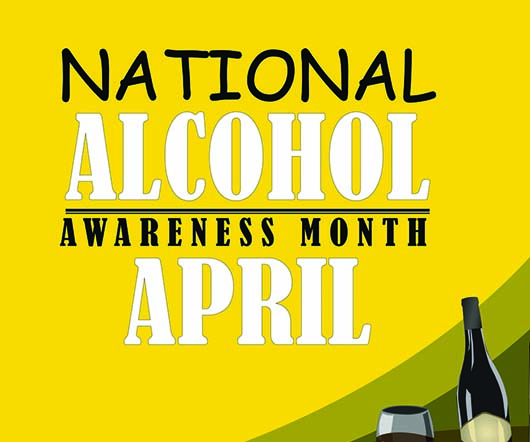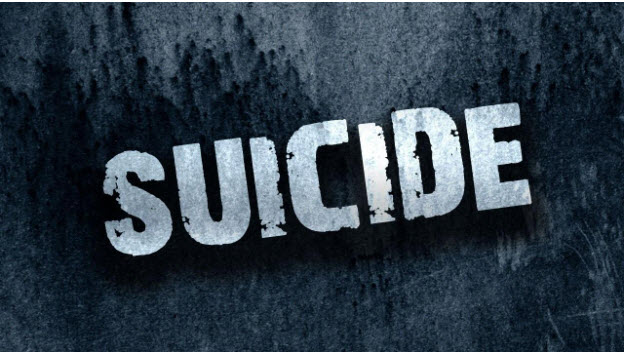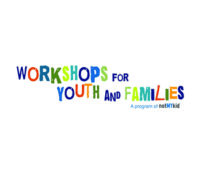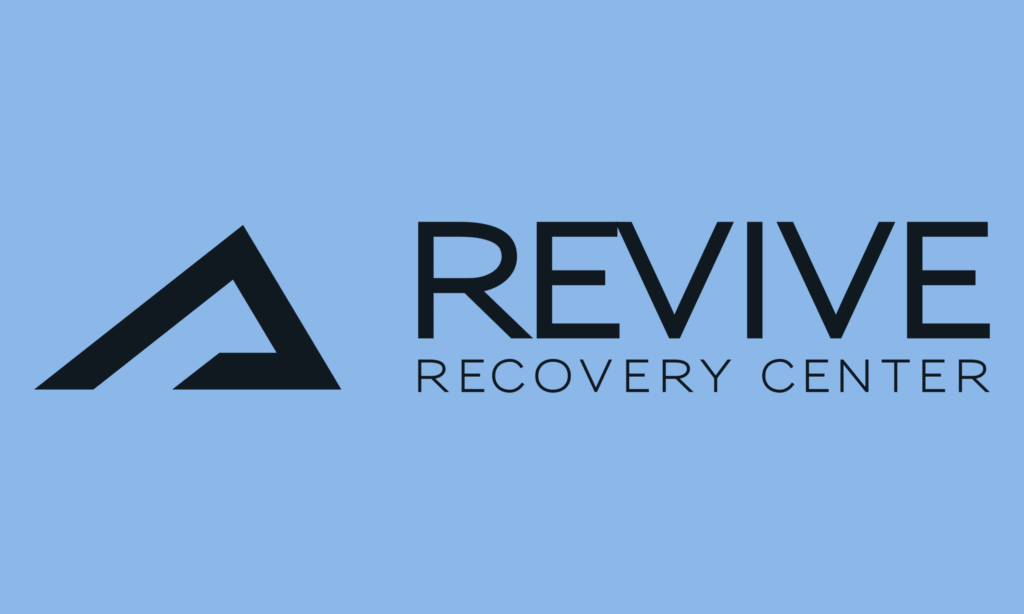With suicide on the rise in America, it is no secret that we are facing a crisis. Suicide is the 10th leading cause of death and over 9 million adults...
With suicide on the rise in America, it is no secret that we are facing a crisis.
Suicide is the 10th leading cause of death and over 9 million adults reported having suicidal thoughts in the past year. 47,000 people in the United States lost their lives to suicide in 2017 alone.
Suicide Risk Factors
There are many risk factors for suicide. For some, it is mental illness. For others, it is the inability to cope with a painful past.
One of the top risk factors that has been linked to suicide is unresolved childhood trauma. While childhood trauma can cause negative short-term effects, research has also shown that trauma can lead to many long-term effects and a variety of mental disorders, such as depression, post traumatic stress disorder and substance abuse.
If left unaddressed, this trauma can escalate with age — potentially leading to suicide attempts or death by suicide. Early intervention post-trauma is crucial to reducing the risk of suicidality.
What is Trauma?
There are many different types of trauma that can take place in childhood. Some of the most common examples of traumatic experiences for children and adolescents include:
Sexual or physical abuse
Neglect
Domestic violence
Chaos or dysfunction in the household
Bullying/cyberbullying
Death of a loved one
Accidents
Stress caused by poverty
While any trauma that occurs during adolescence can eventually lead to suicidality, the top traumatic experiences that have been linked to suicide attempts are sexual abuse, physical abuse, parental domestic violence and bullying.
Children and adolescents who have been traumatized may have certain feelings or display behaviors such as:
Feeling depressed, helpless, numb or alone
Developing new fears and anxiety
Displaying changes in behavior such as increase or decrease in appetite
Having feelings of guilt or shame surrounding the traumatic experience
Complaining of physical ailments such as an upset stomach
Experiencing sleep difficulties such as recurrent nightmares or insomnia
Continually telling others about the event
Fear or separation anxiety from parents/caregivers (in young children)
Exhibiting behavior such as crying, irritability or aggression (in young children)
Asking about death (in young children)
Re-enacting traumatic events through play (in children)
Becoming more attached and reliant on caregivers (in children)
Experiencing suicidal ideation (in teens)
Exhibiting regression behaviors such as bedwetting or baby talk (in young children)
Engaging in risky behaviors such as drug/alcohol abuse and sexual promiscuity (in teens)
Starting self-harming behaviors, such as cutting or eating disorders (in teens)
Adverse Childhood Experiences
A major study conducted in the 1990’s called the Adverse Childhood Experiences (ACE) study found that higher instances of trauma experienced by a child led to higher likelihood of mental health issues or physical ailments as adults. While adverse childhood experiences are common and many people report experiencing at least one, people who experience many of these traumas face a greater risk of negative health and well-being outcomes as an adult, including depression and suicidality.
“Children who live in chronic, stressful environments can develop long-term chronic problems such as attachment traumas, depression, anxiety and suicidality,” said Heather Ford, Director of Social Services at Destiny Springs Healthcare. “These traumas compound over the years and get worse when people don’t have solid support systems to lean on.”
Throughout the years, as children grow into adults and continue to experience traumatic events, the effects of these traumas compile, and problems begin to grow worse. For many people, the brain is trained to understand chaos from a young age, so this becomes what they are familiar and comfortable with. Left untreated, this can lead to negative circumstances, including increased risk of suicide.
The Path to Healing
In order to stop the negative long-term effects of adolescent trauma, an intervention must be made. Having a strong support system has been shown to help people overcome past traumas and change the negative pathway from trauma to suicidality.
With the love and support of family, friends, or other trusted figures, people receive the comfort, support and positive interactions they need to work through their past traumas.
Formal treatment is essential for children and adults who have experienced traumas for them to heal. It is extremely beneficial to include the entire family system in treatment as well, as trauma is often intergenerational. Without the entire family being treated, it is more difficult to break the trauma loop.
One of the best ways to help a person dealing with trauma is to connect with them. Taking the time to help and support an individual by showing them that you care and that they are not alone helps them feel more connected and supported.
“The best way to prevent traumas from leading to suicide are by implementing a strong network around a person” Ford said. “These children are hurting inside and need someone to listen to them – someone to be there for comfort and support.”
About Heather Ford: Heather Ford is a Licensed Professional Counselor who specializes in child and family trauma treatment. She possesses a Bachelor of Science in Family Studies and Human Development from Arizona State University and a master’s degree in Professional Counseling from Ottawa University specializing in the treatment of Early Childhood Trauma. Heather is a member of the International Association of Trauma Professionals and has earned her certification as a Certified Expert Trauma Professional. Currently, she is the Clinical Supervisor of the Trauma Specialization Team at Arizona’s Children Association. She is particularly interested in educating on and advocating for Trauma Informed Care and loves her work with foster and adoptive parents.
About Destiny Springs Healthcare: Destiny Springs Healthcare is a 90-bed, 67,566 square-foot facility located at 17300 N. Dysart Road in Surprise that provides inpatient and outpatient treatment for adolescents, adults and geriatric patients. It is designed to set a new standard in integrated acute care that fosters a multidisciplinary approach for optimal patient outcomes. Their mission is to provide compassionate care in a healing environment to empower patients with tools that lead to a road of recovery and healing. https://www.destinysprings.com/




























